PROTECT THE BUFFALO NATIONAL RIVER!
Call for Public Comments
The Ozark Society and the Arkansas Public Policy Panel need your help to ban new medium and large confined swine operations in the Buffalo National River watershed.
You can make oral comments at a public meeting to be held, tomorrow June 17, 2014 at 6:00 p.m. in the Durand Conference Center, Room A, North Arkansas College, 303 N. Main St., Harrison AR 72601. You may also deliver your written comments at this meeting.
Written comments will be accepted until July 1, 2014 at 4:30 p.m. and should be addressed to Mr. Doug Szenher, Arkansas Department of Environmental Quality, Public Outreach and Assistance Division, 5301 Northshore Drive, North Little Rock, AR 72118 or by e-mail to reg-comment@adeq.state.ar.us
Written comments will be accepted until July 1, 2014 at 4:30 p.m. and should be addressed to Mr. Doug Szenher, Arkansas Department of Environmental Quality, Public Outreach and Assistance Division, 5301 Northshore Drive, North Little Rock, AR 72118 or by e-mail to reg-comment@adeq.state.ar.us
We encourage you to voice your personal reasons you want to protect the Buffalo River. Here are a few reasons to support these changes:
PROTECTING WATER QUALITY:
• The pristine and treasured waters of the Buffalo are at risk of contamination from multiple sources including leakage from waste holding ponds, run-off, and flooding.
• A catastrophic failure of a hog waste pond would create irreversible damage to the aquatic life of the Buffalo and downstream in the White River. In North Carolina in 1995, due to heavy rains the dike around an 8-acre hog waste pond failed, spilling 26 million gallons of manure into the New River. The spill killed 10 million fish and closed 364,000 acres of coastal wetlands to shell fishing.
PROTECTING JOBS AND BOOSTING THE ECONOMY:
• The Buffalo River is an extremely valuable piece of Arkansas’s tourism engine. Tourism in the Natural State in 2012 accounted for a $5.76 billion positive economic impact and employed 58,452 people.
• In 2012, the Buffalo National River attracted 1,093,083 visitors who spent $43.78 million in communities surrounding the river. Direct spending from visitors to the Buffalo employed 610 people in 2012.
PROTECTING PUBLIC HEALTH:
• Aside from the obvious unpleasant odors, the gasses emitted from hog farms are toxic and contribute to greenhouse gas pollution. Entrained fecal bacteria and other pathogens can be carried by the winds to local residences, schools, and towns.
• The Arkansas Department of Health has expressed concerns that water-borne bacteria and parasites from the proposed land application sites may pose a risk for body contact in the Buffalo River.
UNDERSTANDING GEOLOGY
• Due to the porous topography of the Buffalo River watershed, the area is not suited for waste ponds or land application of hog wastes allowed by current regulations, as the risk of transporting nutrients, bacteria, and other pollutants to the Buffalo River is too great.
Contacts for further information:
Ozark Society: Bob Cross, racross@uark.edu
Arkansas Public Policy Panel: Anna Weeks, annaw@arpanel.org

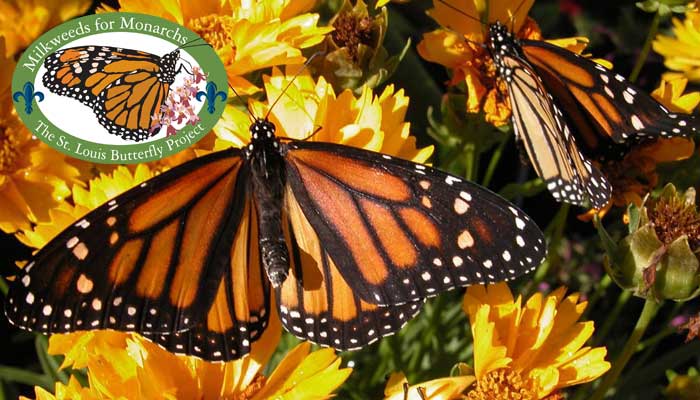
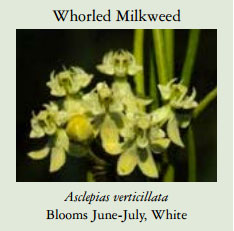
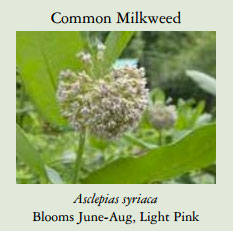
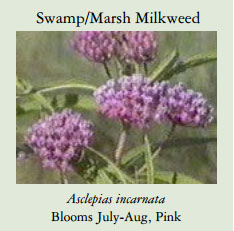

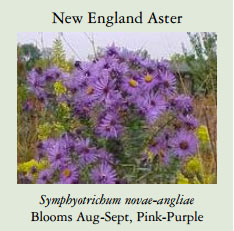
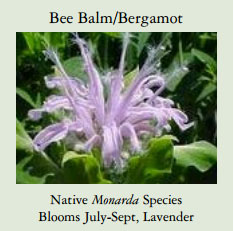

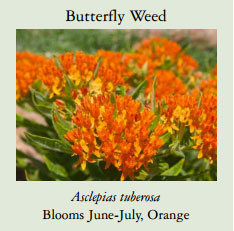
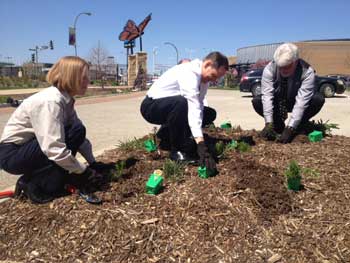 "The goal of this project is to both increase the dwindling monarch butterfly population and to better connect people and urban nature," said Slay.
"The goal of this project is to both increase the dwindling monarch butterfly population and to better connect people and urban nature," said Slay.



